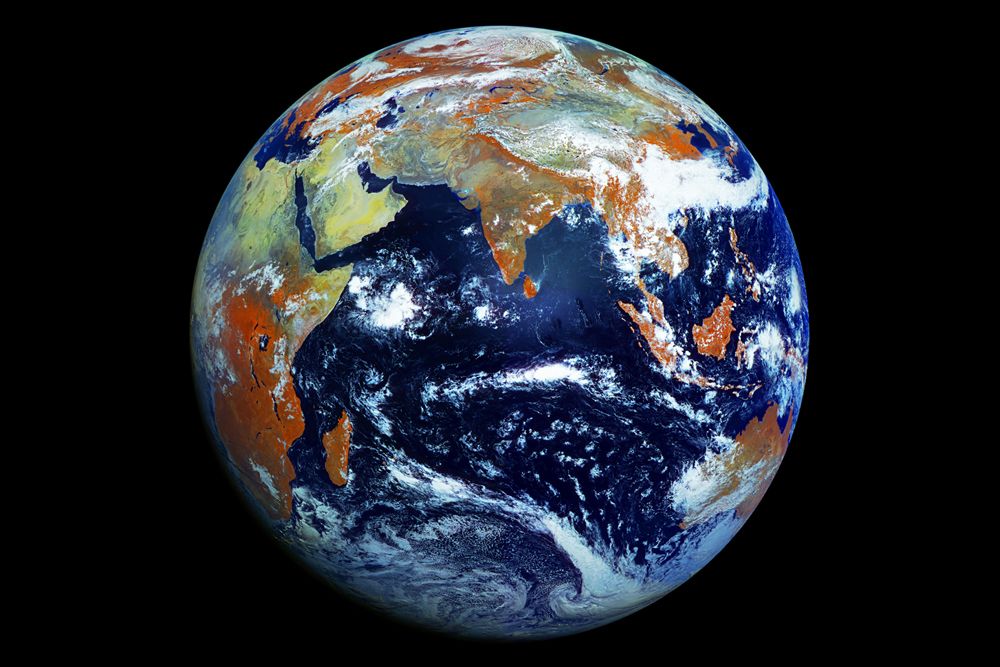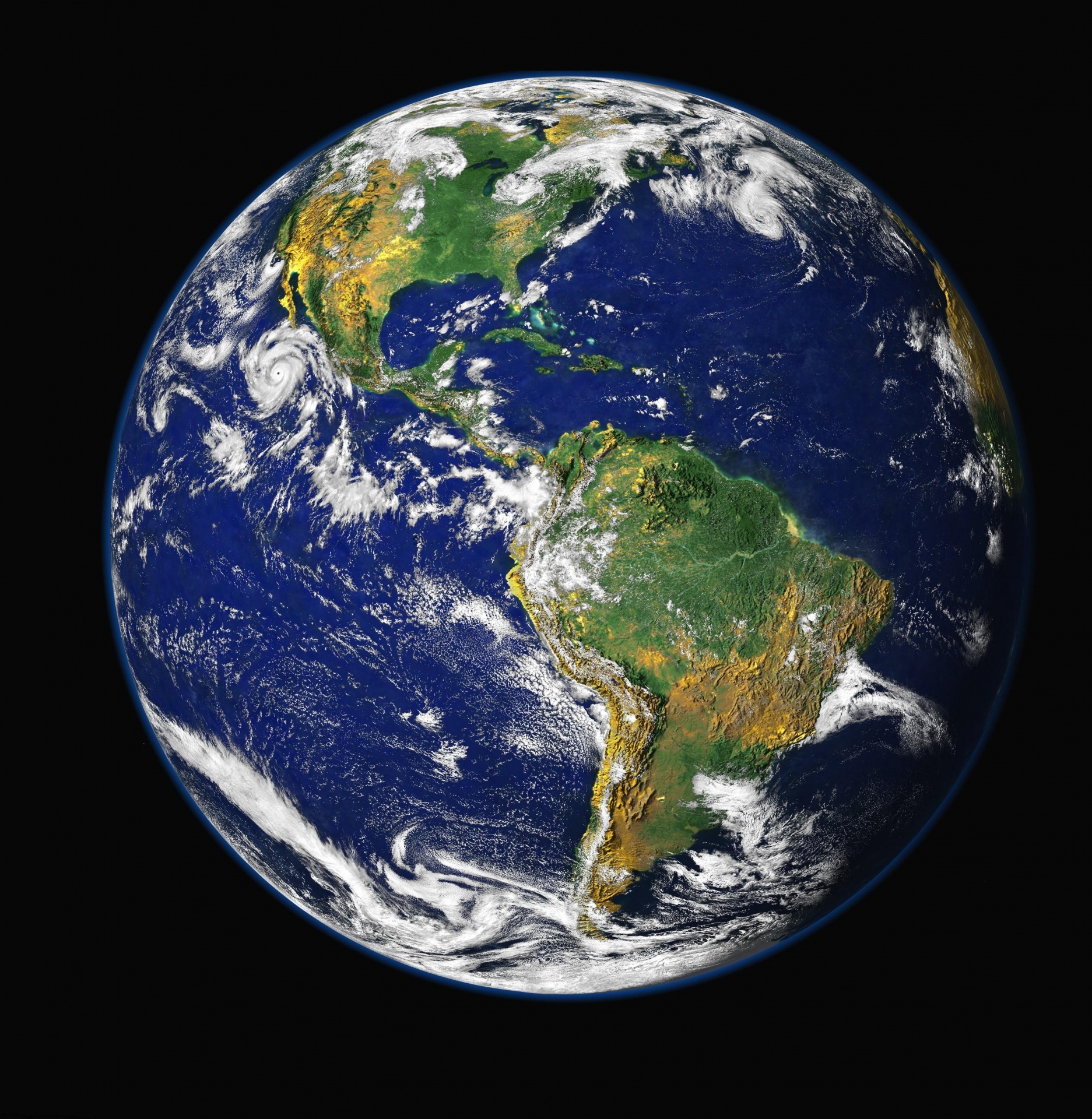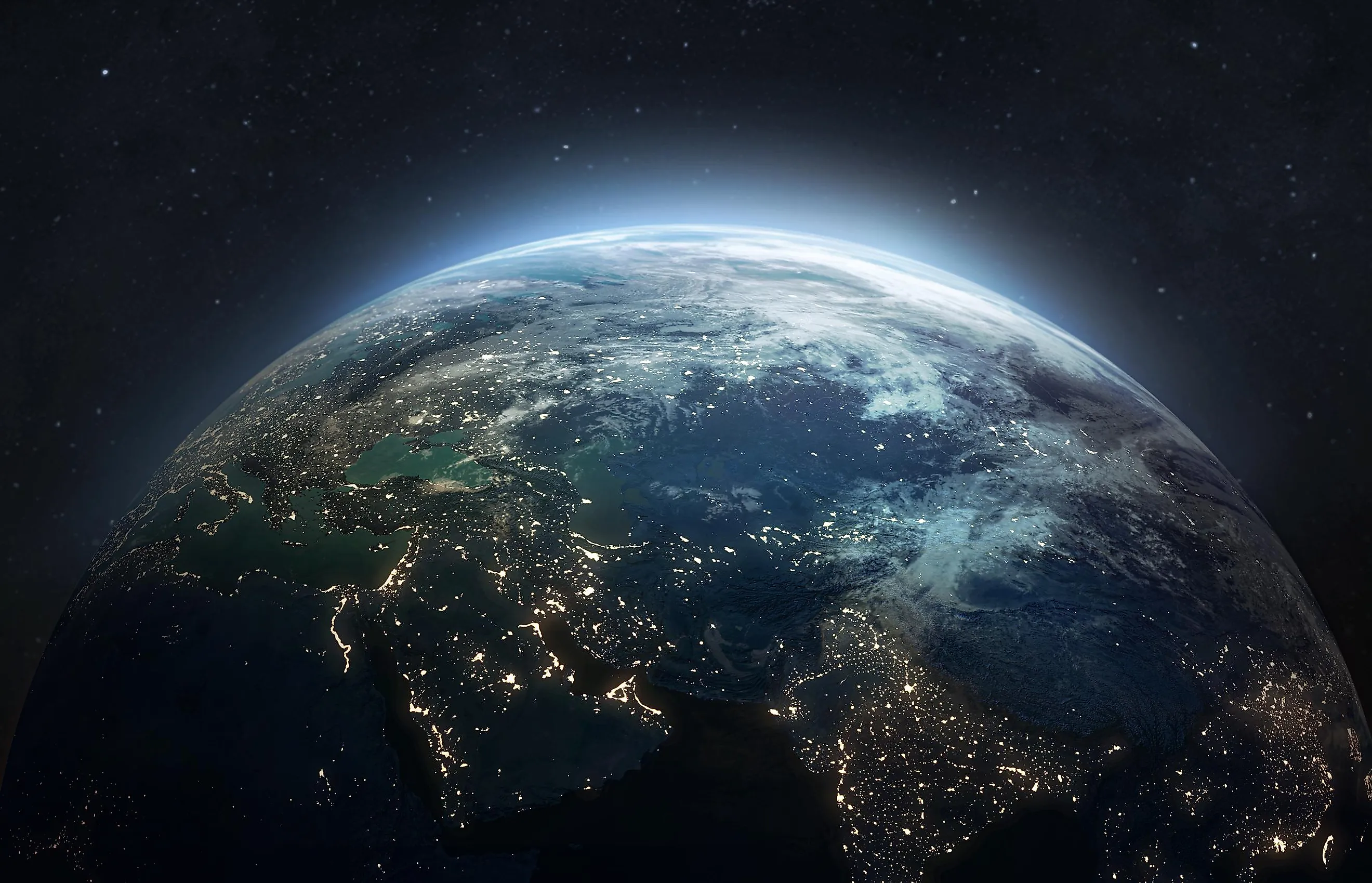Earth's Second Moon - A Passing Guest
Our home, the planet we call Earth, is a truly special place in the vastness of space. It's the third world out from the sun, and, you know, it's the only spot we've found that seems to hold living things. This blue marble, our very own planet, is a water world, the only one in our solar system that keeps liquid water on its surface. It's a unique haven for life, a place where we, and all the other creatures, can exist and thrive. We often think of Earth as having just one moon, our familiar companion in the night sky, but sometimes, a bit of an interesting visitor shows up, giving us something new to think about.
Every now and then, something quite unexpected happens in our planet's cosmic neighborhood. It's not a permanent addition to our celestial family, but more like a brief guest that pops in for a short stay. This idea of a "second moon" for Earth has certainly sparked a lot of chatter, especially when people hear about objects that get caught in our planet's pull. It’s a pretty fascinating thought, isn't it, that our planet might, just for a little while, have more than one object circling it?
So, what exactly is this talk about an "earth second moon"? Is it a brand new celestial body that's decided to stick around for good, or is it something else entirely? We'll take a closer look at what these temporary visitors are, where they come from, and how long they might hang around. It's a story that involves asteroids, gravity, and the constant, ever-moving dance of things in space, giving us a fresh perspective on our planet's immediate surroundings, and, you know, the busy nature of our solar system.
Table of Contents
- What Makes Our Home Planet Special?
- Our Home World - Before the Talk of an Earth Second Moon
- Is Earth Really Getting a Second Moon?
- Understanding the "Earth Second Moon" Phenomenon
- How Long Will This Earth Second Moon Stay?
- The Temporary Nature of Earth's Second Moon
- What Exactly is This Earth Second Moon?
- Past Visitors - Other "Earth Second Moon" Objects
What Makes Our Home Planet Special?
Our planet, Earth, is, you know, quite a remarkable place. It sits as the third planet from the sun, and among all the astronomical objects we've had a chance to study, it's the only one we know for sure that has life. This ability to support living things is pretty much due to the fact that Earth is a water world, the only one in our solar system that holds liquid water on its surface. This makes it, actually, the sole location we're aware of where living things can exist and flourish. When you look at the whole solar system, Earth is the fifth largest planet in terms of its size and the amount of material it contains. It's a rather solid kind of world, you know, a bit rocky underfoot, not like some of the gas giants we see out there.
With a measurement of about 3,959 miles from its center to its surface, our planet is, in some respects, a relatively small and sturdy body. The air around Earth, its atmosphere, has just the right thickness. This blanket of air helps keep the planet warm enough, so living things, like us, can be here. It's the only planet we know of in our solar system that has these very specific conditions. So, basically, Earth stands out as a world unlike any other, a truly unique spot in the universe that we've had a chance to observe, all thanks to its particular characteristics and its place in the solar system. It’s a pretty amazing setup, really.
Our Home World - Before the Talk of an Earth Second Moon
Before we get into the details of a temporary "earth second moon," it's helpful to remember just how special our own planet is. As we've said, it's the third world from the sun, and it's the only spot in the known universe where life has been confirmed to be. This isn't just a random occurrence; it's because of a very particular set of circumstances. Our planet has liquid water, which is pretty much essential for life as we understand it. It's also a terrestrial world, meaning it's made of rock and metal, not gas, which is different from some of the other, you know, bigger planets further out in our solar system.
The air that surrounds our planet plays a really important part, too. It's thick enough to hold in warmth, making sure that the temperature stays just right for living things to survive. This isn't something you find on every planet, or even, you know, on any other planet that we've explored in our solar system. So, while the idea of an "earth second moon" is exciting and new, it's good to keep in mind the amazing qualities of our permanent home first. It helps put things into perspective, really, about how rare and precious our world is, and how any other objects nearby are just, well, temporary visitors.
Is Earth Really Getting a Second Moon?
The idea of Earth getting a second moon is, you know, something that has certainly caught people's attention. Viral social media posts have claimed that our planet is set to temporarily get another moon for a short period of time. These posts, basically, suggested that "earth is set to temporarily obtain another moon on September 29th." So, the answer is, in a way, yes, but it's not like our main moon, which has been with us for a very, very long time. This "second moon" is actually something quite different, a kind of passing guest rather than a permanent resident in our planet's orbit.
What we're talking about here is not a moon in the traditional sense, but more like an asteroid that gets caught up in Earth's gravitational pull for a short time. This is a phenomenon that happens, you know, every now and then, but it's not something that lasts forever. The object in question isn't a large, round body that formed alongside our planet; instead, it's a piece of rock from space that just happens to wander a bit too close and gets snagged. So, while it might technically orbit our planet for a while, it's very much a temporary situation, unlike our main, familiar moon.
Understanding the "Earth Second Moon" Phenomenon
When people talk about an "earth second moon," they are, in fact, referring to an asteroid. One particular asteroid, named 2024 PT5, has been the subject of much discussion. Astronomers, you know, have calculated that this asteroid will become a temporary mini-moon for Earth. This event, they say, is something that will last for about two months. So, it's not a permanent companion like our actual moon, which has been with us for billions of years. This temporary visitor is quite different in its behavior and its stay.
The object can be thought of as an asteroid that gets caught up between Earth's orbit and, you know, its own path through space. It's a small asteroid, about the size of a school bus, measuring around 35 feet long. This month, Earth will, basically, briefly gain a second moon in the form of this small asteroid known as 2024 PT5. It was discovered in August, and it's set to become a mini-moon for a short while. So, while it's exciting to think about an "earth second moon," it's really about these temporary asteroid captures, which are, you know, a pretty cool part of space dynamics.
How Long Will This Earth Second Moon Stay?
The question of how long this "earth second moon" will stay is, you know, a pretty important one. According to what we know, Earth's second moon, which is the asteroid 2024 PT5, is expected to be with us for about two months. This is a very short period when you think about the lifespan of our main moon, which has been orbiting Earth for a very, very long time. So, while it's a "second moon" in a temporary sense, it's not going to be a lasting fixture in our night sky. It's more like a fleeting moment in the grand cosmic dance.
Some information even suggested that Earth has a second moon—for another 300 years, at least, but this likely refers to different types of temporary captures or perhaps a misunderstanding of the specific asteroid. For 2024 PT5, the duration is much shorter, just a couple of months. This asteroid is poised to become a temporary mini-moon of Earth, a phenomenon that will, basically, last for about two months. So, if you were hoping for a new permanent companion in the sky, this particular "earth second moon" won't be it, but it's still a neat event to consider.
The Temporary Nature of Earth's Second Moon
The temporary nature of this "earth second moon" is, you know, what really sets it apart from our main lunar body. Unlike Earth's permanent companion, the actual moon, which follows a very stable path around our planet, these temporary visitors have orbits that are much more irregular. For instance, the rock 2024 PT5 has an orbit that isn't smooth; it causes it to drift between 38 and 100 times the distance of our planet's primary moon. It also bobs up and down across Earth's orbital plane, which is, basically, the flat path our planet takes around the sun.
Astronomers have calculated that 2024 PT5 will, you know, be a temporary companion. This means it's not truly captured in a stable orbit that would make it a permanent moon. Instead, it's just passing through our planet's gravitational influence for a short period before it continues on its way. So, while it might be called an "earth second moon" for a brief moment, it's more of a visitor that gets caught for a while, rather than a new, long-term member of our planet's family of orbiting objects. It's a pretty interesting dynamic, really, how these space rocks interact with our planet's pull.
What Exactly is This Earth Second Moon?
So, what exactly is this "earth second moon" that everyone is talking about? Well, it's important to understand that it's not a moon in the way we usually think of our big, bright companion in the night sky. Instead, it's a small asteroid that is going to be caught by Earth's gravitational pull for a short while. This particular object, 2024 PT5, is, you know, quite small, about the size of a school bus, measuring around 35 feet long. It's a piece of space rock, basically, that happens to get close enough to our planet to be temporarily influenced by its gravity.
This asteroid, 2024 PT5, belongs to a group of space rocks known as the Arjuna asteroid belt. These are asteroids that follow paths in space that are somewhat similar to Earth's own orbit around the sun, roughly 93 million miles from our star. So, it's not something completely alien to our part of the solar system; it's a neighbor that just happens to come a bit too close. The term "earth second moon" is, you know, a bit of a catchy way to describe what is, in reality, a temporary capture of an asteroid, a passing phenomenon rather than a new permanent fixture.
Past Visitors - Other "Earth Second Moon" Objects
This isn't the first time our planet has had a temporary "earth second moon" or a visitor like this. Another one arrived in 2020, courtesy of the 2020 CD3 asteroid. So, while 2024 PT5 is the latest to get attention, these kinds of temporary captures are, you know, something that happens every now and then. The study of objects like Cruithne, for example, offers valuable insights into how these space rocks interact with Earth's gravity and how their paths might change over time. It helps us understand the dynamics of our solar system a little bit better, really.
These temporary captures are, in a way, a reminder that our planet is constantly interacting with the many objects that float through space. While our main moon is a stable, long-term partner, these "earth second moon" asteroids are just passing through, influenced by our planet's pull for a brief period before they continue their journey. It shows us that space around Earth is, you know, not empty, but rather a busy place where objects are constantly moving and occasionally, just occasionally, they get close enough to give us something interesting to observe and talk about, for a short while, anyway.

Breathtaking View of Earth Taken by Russian Satellite | Live Science

Planet Earth Free Stock Photo - Public Domain Pictures

Earth - WorldAtlas